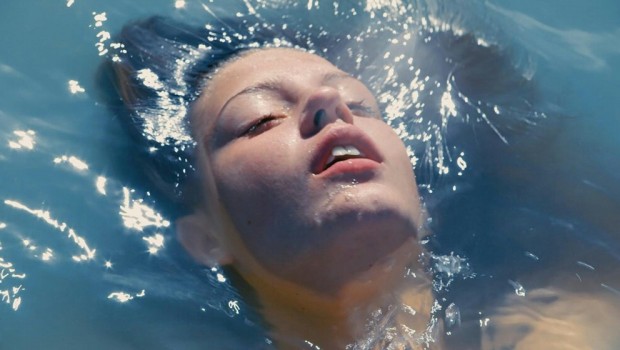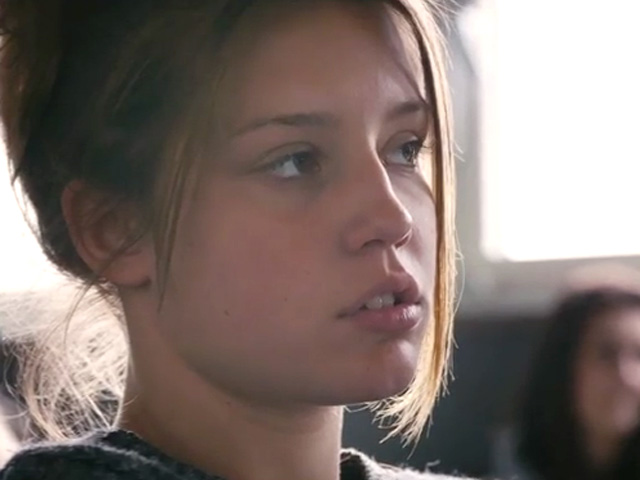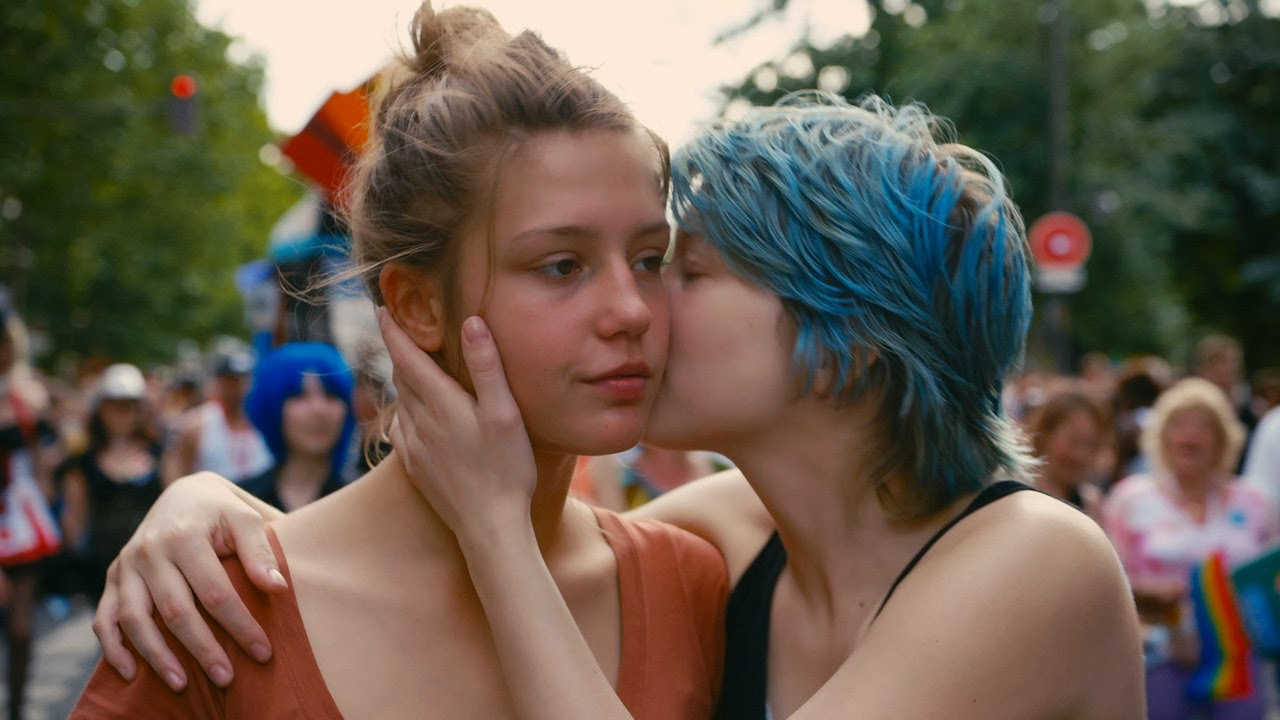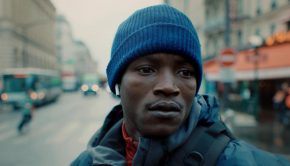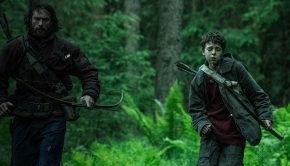Blue is the Warmest Colour – Film Review
Reviewed by Damien Straker on February 12th, 2014
Transmission Films presents a film by Abdellatif Kechiche
Written by Abdellatif Kechiche and Ghalia Lacroix, based on Julie Maroh’s graphic novel “Le Bleu est une couleur chaude”
Starring: Adele Exarchopoulos and Lea Seydoux
Running Time: 179 minutes
Rating: R18+
Release Date: February 13th, 2014
Passion and obligation collided behind and in front of the camera of Blue is the Warmest Colour (La vie d’Adele), a riveting coming of age story that should have universal applicability. After the director Abdellatif Kechiche was awarded the Palme d’Or at the Cannes Film Festival, it was exposed that the film’s crew were unhappy with the terrible conditions they had to work under. A film shoot that was meant to take only two months of filming was stretched out to five. Both of the film’s female stars Lea Seydoux and Adele Exarchopoulos, who play a young lesbian couple, have vowed never to work with the director again after he made them perform up to one hundred takes of the same scene.
Filmmaking can be an extremely deceptive business when it manages to mask these onset feuds from the public. It’s remarkable that the film is as compelling as it is for the first two of its three hours in spite of the disruptions and the anger. It is testament to how believable both actresses are but also the realism of the situations they are placed in and how a relatively simple story became layered with philosophy relating to personal existence. Knowing the troubled relationship between the director and the actresses inflicts further irony because the film itself asks when commitment and genuine feelings of love and instinct are countered by social expectations.
The source of the film is the French graphic novel “Le Bleu est une couleur chaude” by Julie Maroh, a simply illustrated story of a high school student who for the first time enters a gay relationship with an older girl. In the film, Adele is played by Exarchopoulos, who is shy and quiet and uncertain about her sexual feelings. She dates a guy but feels nothing for him. One of her female friends is also forward but unreliable. Through chance she meets Emma (Seydoux), who is older and a lesbian. Despite resistance from her own friends, Adele continues to see her. Adele’s parents are also conservative. They don’t believe art is a real profession and the girls’ relationship is kept secret from them. Emma’s parents are more liberal and have accepted their daughter’s orientation. The relationship is tracked over a number of years, forwarding to when Adele is a school teacher and when Emma is working as a painter and an artist.
The beauty of the story is just how uncluttered the early parts of Adele’s life are told. There’s an ease to the way the early scenes unfold that enhances the realism and authenticity of the scenes and their emotions. In the graphic novel the story is told through a diary framing structure, which has wisely been dropped. Some of the same situations and dialogue are lifted directly from the comic and to retain the simplicity of the source material, Kechiche plants the camera predominantly on Exarchopoulos’ face. In the same way that the panels of the comic are deliberately sad and grey, her performance is remarkable in how she encapsulates and expresses feelings of loneliness and uncertainty. Her desire for a sense of belonging, as shown through intercuts of social rallies, makes her both innocent and sometimes tragic. She’s a gentler contrast to Seydoux, who nails the grittier, life hardened aesthetic and mannerisms of her character.
Realising the leanness of the graphic novel’s story, the director and his co-writer Ghalia Lacroix, infuse philosophical ideas and culture references seamlessly into the script so that it has it the exterior of an intimate story but with much grander ideas. The classroom scenes, where texts like “La Vie de Marianne” are being read, very effectively foreshadow the film with ideas relating to destiny and fate and the way that actions define our existence. The film’s coda is that people are drawn together through chance but their passion dissolves when faced by compulsive social realities. In their adult lives, Adele becomes a teacher because it’s what she’s always wanted to do, while Emma sells paintings of Adele in a gallery because it’s her living, as opposed to when she instinctively drew her partner.
The storytelling only falters when undercutting its own simplicity. Though they were included in the source material and provide a turning point in the relationship, the graphic sex scenes are one example of a needlessly long and extremely confronting sequence that could be have been drastically abbreviated. The adult years of Adele’s life, which aren’t in the novel, show subtle changes in her behaviour and growing self-confidence but these scenes also don’t have the same tangible reality of the early sequences. There are some huge verbal fireworks but some plot points fall into domestic cliché or are miswritten like a belated and awkward cafe scene.
Though the film is flawed in that final hour and some will argue perverse with its lingering camera, there is still a reality to this film that people of any orientation or gender should find relatable and sympathetic. It is a film about self-discovery and it articulates very clearly that coming of age is inseparable from painful experiences that are perpetually tragic but also learning curves that define us. Both actions and mistakes build character for both the student and master. Similarly, Exarchopoulos and Seydoux will never work with Kechiche again but like Adele they’ve all be drawn closer to knowing the difficulties of intertwining passion and obligation.
Summary: A riveting coming of age story that should have universal applicability.


